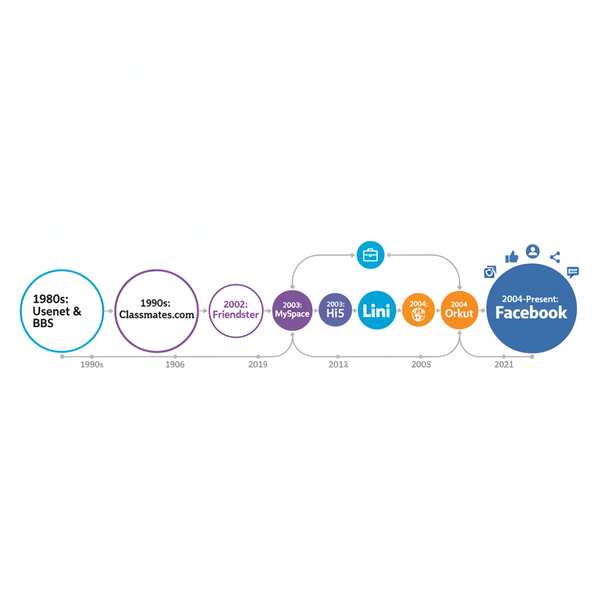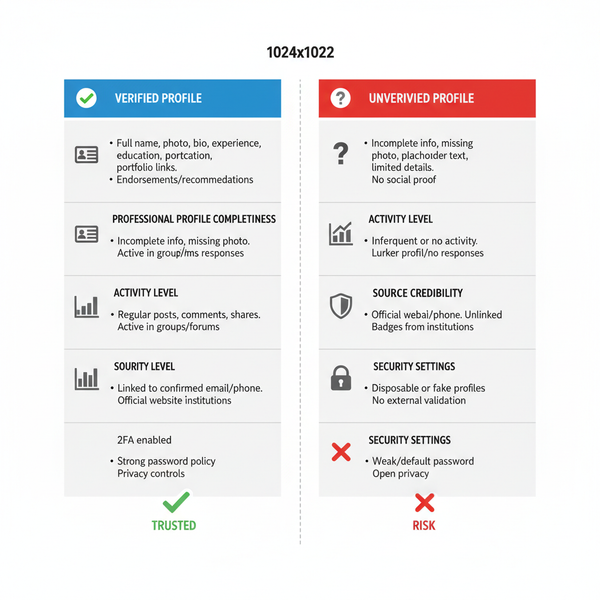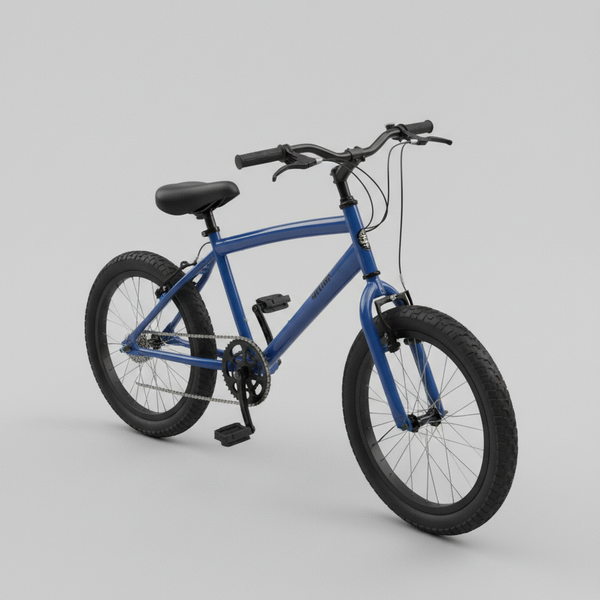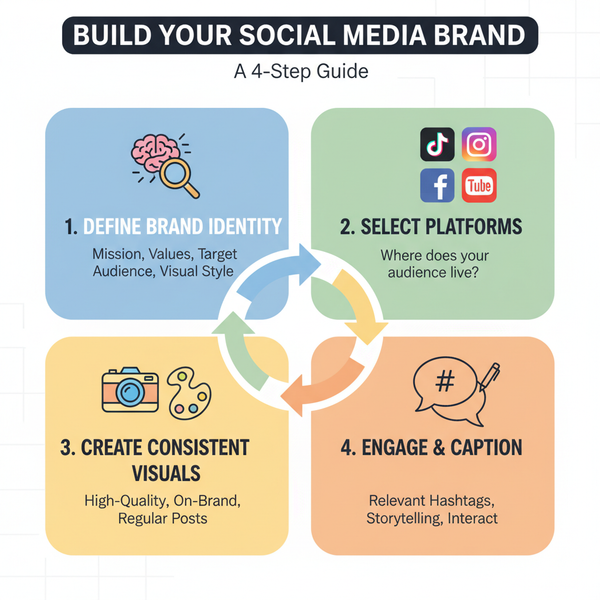What Is a Hashtag? A Complete Guide to Meaning, Use, and Strategy
Learn what hashtags are, how they work on Instagram, TikTok, X, LinkedIn, and YouTube, and how to choose, format, and test them to boost discovery and reach.
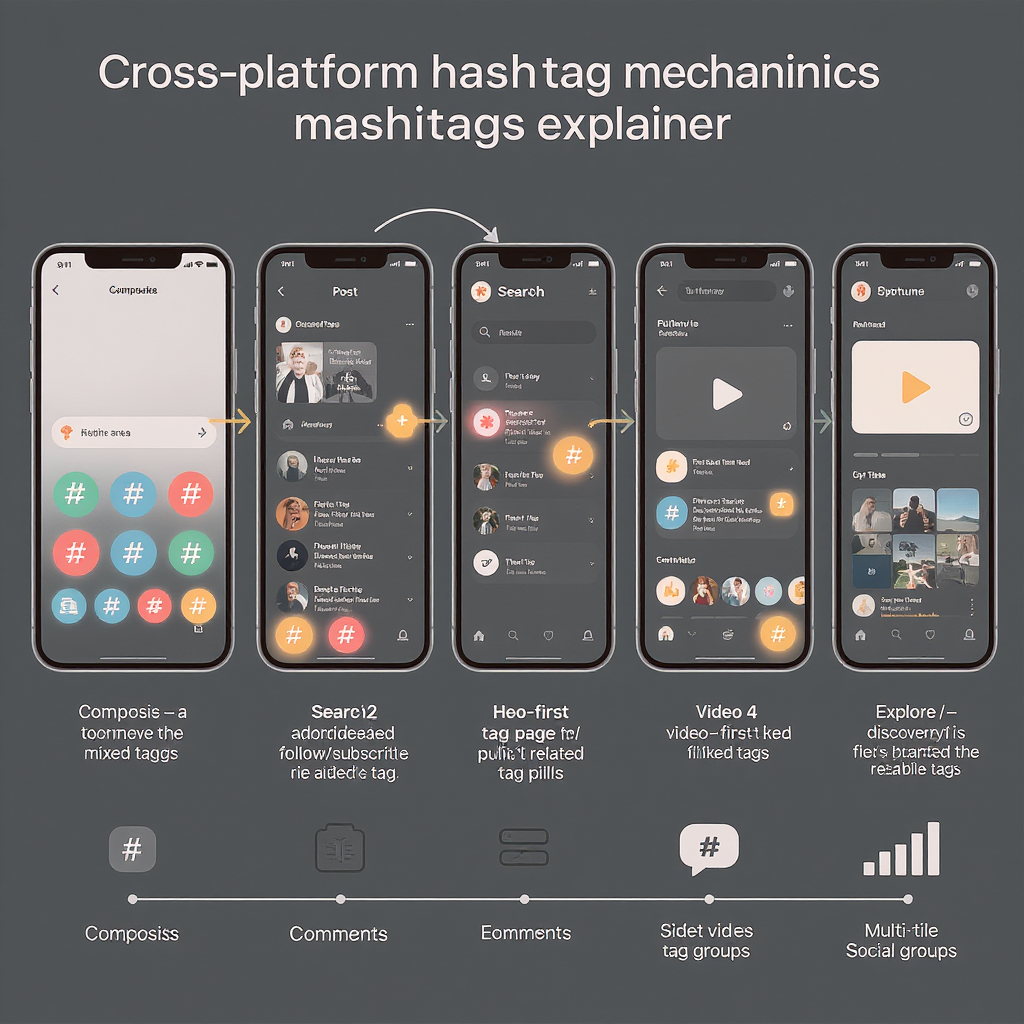
Hashtags are simple on the surface but central to how social platforms organize and surface content. This guide clarifies what hashtags are, how they function on each major network, and how to choose, format, and test them for better reach and relevance. Use it as a practical reference to build repeatable, intent-driven hashtag workflows.
What a Hashtag Is: Simple Definition and Why It Matters


A hashtag is a clickable keyword or phrase preceded by the pound symbol (#). When you add one to a post, it labels your content so platforms can group it with similar topics. That label makes posts easier to discover via search, topic pages, and algorithmic feeds.
If you’ve ever wondered “hashtag what is,” think of it as a smart filing system for social media. It adds context (what your content is about), connects your post to ongoing conversations, and increases the chance the right people will see it.
Key benefits:
- Discovery: Surfaces your content to people browsing or following that topic.
- Context: Clarifies intent, category, or campaign theme.
- Community: Helps audiences rally around events, challenges, and brands.
Where Hashtags Came From
Hashtags originated on Twitter in 2007, when users adopted the # symbol to cluster conversations around the same topic. The convention spread quickly because it was easy, user-led, and machine-readable.
Since then:
- Instagram popularized the practice for search, Explore, and community tags.
- TikTok tied hashtags to trends, challenges, and sound/topic pages.
- LinkedIn added professional, industry-specific tagging and topic follows.
- YouTube introduced tags for search and topic aggregation in titles/descriptions.
- Facebook adopted hashtags more quietly; they are useful but generally less central.
How Hashtags Work by Platform
Different networks index, surface, and reward hashtags in distinct ways. Strategy should match the platform.
| Platform | Indexing & Search | Feed Surfacing | Ideal Count | Placement Tips | Special Notes |
|---|---|---|---|---|---|
| Hashtags create topic pages; searchable; users can follow hashtags. Keywords in captions also index. | Helps Explore/Reels understand topic; aids non-follower reach when relevant. | 3–5 recommended; up to 30 allowed. | Place in caption; use CamelCase for multi-word tags; keep highly relevant. | Avoid restricted/banned tags; quality beats quantity; Stories support hashtags. | |
| TikTok | Hashtags and keywords in captions index to topic pages and search. | Helps the For You feed categorize content; trends/challenges often tag-driven. | 3–8 focused tags. | Use in caption; mix niche + trend; don’t rely on generic #fyp. | On-screen text and audio also matter; choose descriptive, intent-matching tags. |
| X (Twitter) | Hashtags drive search and Trends; topic discovery is native to the platform. | Improves visibility in search and topical streams; real-time events. | 1–2 maximum. | Integrate into the sentence; keep it readable. | Over-tagging hurts engagement; punctuation breaks tags. |
| Topic pages; users can follow hashtags; search supports tags. | Can extend reach to hashtag followers; professional discovery. | 3–5 targeted tags. | Place at end or weave 1–2 in-text; use industry terms. | Clarity and professionalism matter; avoid trendy irrelevance. | |
| YouTube | Hashtags in titles/descriptions create clickable topic pages; search focuses on keywords first. | First three tags may appear above the title; helps Shorts discovery. | 1–3 primary tags (limit <= 15 total). | Add 1–2 in title or top of description; keep it precise. | Exceeding 15 may cause YouTube to ignore tags; relevance is critical. |
| Searchable tags; adoption varies by audience and group. | Minor feed impact; better in groups/events. | 1–2 sparingly. | Use naturally within the post. | Test effectiveness by page; don’t overuse. |
Choosing Effective Hashtags
Anchor to audience intent
Start with what your ideal viewer is trying to find or talk about. Think problems, outcomes, and communities—not just your product category.
Questions to ask:
- What terms would my audience type into search?
- Which communities or subcultures describe themselves with a tag?
- What adjacent interests point to my content?
Mix volume tiers
Build a portfolio that balances competition and relevance:
- Broad (high-volume): Big, generic topics for occasional breakout reach (e.g., #Running).
- Mid-tier: Specific but popular niches (e.g., #TrailRunning).
- Niche: Highly specific, lower competition; dependable relevance (e.g., #WideToeBox).
A practical mix might be 1–2 broad, 3–5 mid, 3–5 niche tags per post.
Branded vs. community tags
- Branded: Your company or campaign tag (e.g., #RunNorthCo, #Summit2025). Great for UGC aggregation and tracking.
- Community: Existing, widely used tags in your space. These expand reach beyond your followers.
Competitive research methods
- Scan top posts for keywords and tags used consistently.
- Use native search suggestions (start typing # and note autocompletes).
- Explore topic pages to see content quality and engagement norms.
- Track competitor reach/engagement to benchmark difficulty.
Example tiering for a trail shoe launch:
Broad: #Running #Runners
Mid: #TrailRunning #TrailRunners #RunHappy
Niche: #TechnicalTrails #UltralightShoes #GripMatters #WideToeBox
Branded: #RunNorthCo #RunNorthSummitFormatting and Usage Best Practices
- Placement:
- Instagram: Caption preferred; clearer indexing and accessibility.
- TikTok: In caption; keep near core keywords.
- X: Inline within copy; no more than 1–2.
- LinkedIn: End of post or inline sparingly.
- YouTube: 1–2 in title or top of description; remainder (if any) in description.
- Facebook: Use sparingly and naturally.
- Accessibility:
- Use CamelCase for multi-word tags (e.g., #TrailRunning, not #trailrunning) to help screen readers parse words.
- Punctuation and characters:
- No spaces or punctuation inside a hashtag. Underscores work (_), hyphens do not.
- Numbers are allowed; emojis usually end the tag.
- Avoid clutter:
- Prioritize readability. Place tags after your main message.
- On Instagram, line breaks can separate caption from tags.
- Consistency:
- Keep a documented list of approved tags to avoid drift.
Tools and Workflows
Research and ideation
- Native search and autocomplete on each platform.
- Hashtag tools: Hashtagify, Flick, RiteTag, IQHashtags, Inflact.
- Social listening: Brandwatch, Sprout Social, Talkwalker, Meltwater.
- SEO tools for keyword intent: Ahrefs, Semrush, Google Trends.
- Community intel: Reddit, Discord, niche forums for vernacular.
Build and rotate tag sets
- Maintain a spreadsheet of tag candidates with volume, relevance, and performance by platform.
- Create reusable sets per content theme (e.g., Product Education, UGC, Event Live).
- Rotate sets to minimize repetition and test new entries.
Example spreadsheet columns:
Tag | Platform | Tier (Broad/Mid/Niche) | Est. Volume | Relevance (1-5) | Used In Set | Impressions | Reach | ER% | Clicks | NotesA simple scoring heuristic:
Score = 0.4*Relevance + 0.3*NormalizedReach + 0.2*ER + 0.1*ClicksShareWorkflow checklist
- Define post objective (reach, engagement, clicks, UGC).
- Draft caption; extract 3–5 core keywords.
- Pull 8–12 candidate hashtags across tiers.
- Sanity-check relevance and any restricted/banned tags.
- Publish; log the set; monitor 48–72 hours; update spreadsheet.
Mistakes and Myths to Avoid
- Overstuffing: More tags ≠ more reach. On most platforms, fewer, relevant tags perform better.
- Irrelevant tags: Misleading tagging can hurt distribution and irritate users.
- Banned/spammy tags: Some tags are restricted due to abuse. Using them can limit visibility; always check.
- Copy-paste sets forever: Static sets go stale. Rotate and refresh regularly.
- Chasing generic tags (#fyp, #viral): These rarely add value without topical alignment.
- Shadowbanning myths: Most “shadowban” claims stem from low relevance/quality or policy issues. Platforms may limit distribution for guideline violations or ineligible content, not because you used “too many hashtags.”
Practical Examples and Mini Case Studies
Note: These are illustrative composites to demonstrate approach and measurement.
1) Product launch: DTC skincare serum (Instagram + TikTok)
Objective: Reach and clicks to product page.
Tag strategy:
- Broad: #Skincare
- Mid: #VitaminCSerum #GlowingSkin
- Niche: #HyperpigmentationHelp #SensitiveSkinRoutine
- Branded: #LumaLabSkin
Sample Instagram caption and tags:
Meet brighter mornings. Our 15% Vitamin C + E serum defends against dullness and dark spots—without the sting.
#VitaminCSerum #GlowingSkin #HyperpigmentationHelp #SensitiveSkinRoutine #Skincare #LumaLabSkinResults (4-week average vs prior launches):
- Reach: +28%
- Saves: +34%
- PDP clicks (UTM): +19%
- Top contributor tags (by topic page impressions): #VitaminCSerum, #HyperpigmentationHelp
TikTok adjustments:
- Swap in #SkinTok and #DermTips after testing; remove generic #fyp.
2) Event hashtag: Annual B2B summit (LinkedIn + X)
Objective: Community conversation, session discovery.
Primary tag: #Summit2025
Supporting: #RevOps, #B2BMarketing, #CustomerSuccess
Sample LinkedIn post:
Agenda is live: 40+ sessions on RevOps, AI enablement, and expansion strategies. Early-bird closes Friday.
#Summit2025 #RevOps #B2BMarketingOutcomes:
- 1,200 posts from attendees using #Summit2025
- Session recap posts saw +2.1x reach to hashtag followers
- Twitter Spaces under #Summit2025 trended locally on Day 1
3) UGC challenge: Home office makeover (TikTok + Instagram Reels)
Objective: User submissions and brand awareness.
Branded tag: #MyDeskGlow
Community tags: #DeskSetup, #HomeOffice, #CableManagement
Challenge call:
Show us your before/after desk glow-up. Tag #MyDeskGlow and #DeskSetup for a chance to be featured!Results:
- 3,400 UGC entries in 10 days
- 18% of entries also used #CableManagement, driving high-intent traffic
- Instagram Reels tab showed +41% non-follower views vs baseline
Advanced Strategies
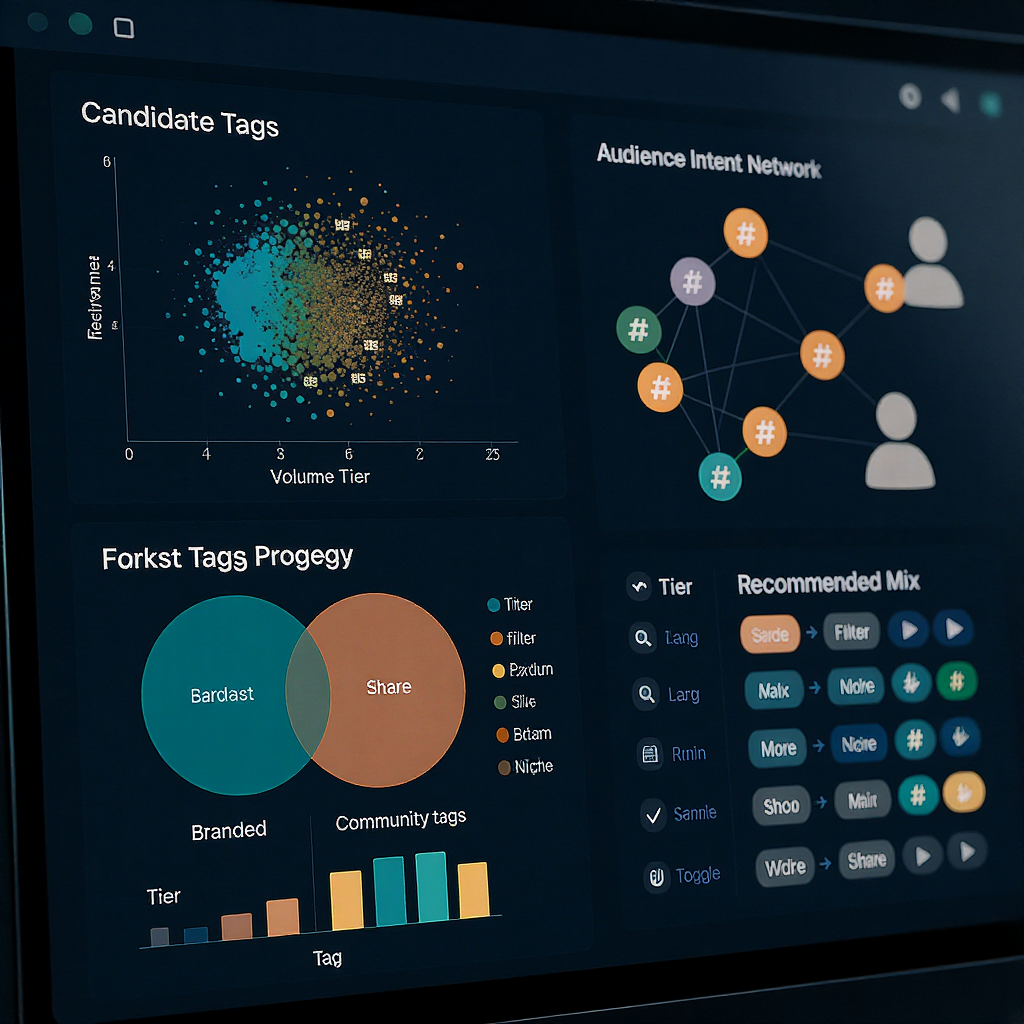
- Trend riding vs evergreen:
- Trend: Short-term spikes. Use when your content natively fits a trending tag; publish fast.
- Evergreen: Slow-burn discovery through consistent niche tags; essential for compounding reach.
- Create and moderate branded hashtags:
- Keep it short, pronounceable, and unique.
- Seed with employee posts and partner creators.
- Moderate by liking, commenting, and featuring quality UGC.
- Cross-platform consistency:
- Maintain core branded/community tags across networks, but adapt per-platform specifics (count, placement, tone).
- Community-building tactics:
- Feature “post of the week” from your branded tag.
- Prompt specific submissions (“Show your cable management fix”).
- Encourage attendees/customers to add the tag to bios during campaigns.
Measurement and Optimization
Track the right metrics
Per post and per tag set:
- Impressions and reach from non-followers
- Engagement rate (likes, comments, saves, shares)
- Clicks and CTR (use UTMs)
- Follows or sign-ups attributed within platform analytics
- Topic page position (when visible)
Example UTM for links in bios/posts:
https://example.com/product?utm_source=instagram&utm_medium=social&utm_campaign=vitc_launch&utm_content=hashtag_set_AA/B test tag sets
- Keep the creative constant; vary the hashtag set.
- Test windows: 48–96 hours for fast networks; 7 days for slower.
- Use matched posting times and similar audience quality.
Minimal experiment template:
Campaign: VitC Launch
Creative: Serum demo video v2
Set A: #VitaminCSerum #GlowingSkin #HyperpigmentationHelp #SensitiveSkinRoutine #LumaLabSkin
Set B: #SkinCareTips #BrighteningSerum #DarkSpots #BarrierFriendly #LumaLabSkin
KPIs: Non-follower reach, Saves, PDP clicks
Result: Set A +17% non-follower reach; +23% saves; +11% clicks
Decision: Roll Set A; iterate niche tag #BarrierFriendly -> #BarrierRepairRefresh cadence and documentation
- Monthly: Retire underperformers; add 2–3 new niche tags per theme.
- Quarterly: Re-evaluate broad/mid tags against shifting volumes and competition.
- Always-on: Keep a living doc with approved tags, usage notes, and test results.
Final Thoughts
Hashtags are simple, but they’re not superficial. Used thoughtfully, they clarify context, plug you into active communities, and improve discovery across platforms. Build your sets around audience intent, keep formatting clean, test relentlessly, and document what works. Over time, you’ll turn a basic # symbol into a durable growth lever.
Summary
Hashtags function as lightweight metadata that connects posts to topics, searches, and communities across platforms. Center your tagging on audience intent and platform norms, keep sets lean and relevant, and test iteratively to learn what actually drives discovery. Document and refresh your tags regularly to compound reach and engagement over time.

